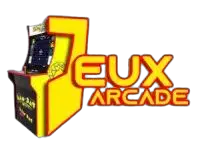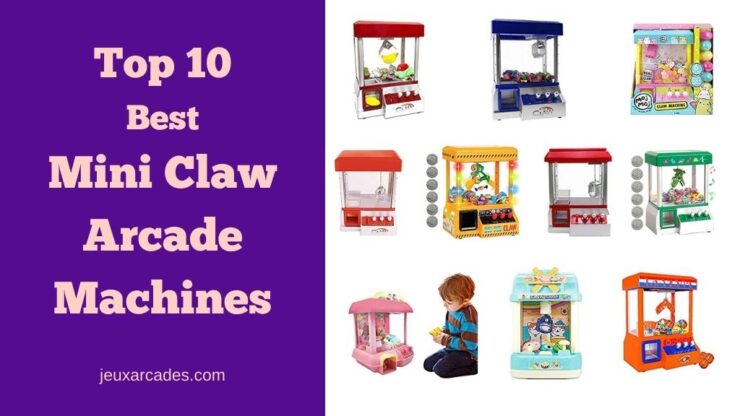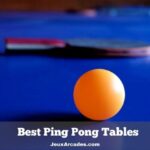Last Updated on by William J. Lopez
The pool is a great sport for kids to play. It can help them develop focus, hand-eye coordination, and strategic thinking. But, to really excel at the game, it’s important to have the right equipment. Cue selection is particularly important, as the right cue can make a big difference in a player’s game.
In this article, we’ll go over some tips for selecting the right cue for your kid’s skill level. By the end of this article, you should have a good understanding of the factors to consider when choosing the best pool cue for your child and be equipped with the knowledge to make an informed decision.
Tips for Selecting Right Cue for Your Children
1. Understanding Your Kid’s Skill Level
The first step in selecting the right cue for your kid is understanding their skill level. Are they beginner, intermediate, or advanced players? Do they prefer to play defensively or offensively? Understanding their playing style will help you make a more informed decision when selecting a cue.
Selecting the Right Cue for Beginner and Intermediate Players
When it comes to selecting the right pool cue for a beginner or intermediate player, there are a few characteristics that you should keep in mind.
Firstly, you should opt for a cue that is lightweight, as it will be easier for your child to handle and maneuver. A cue that weighs between 18-21 ounces is ideal for beginners and intermediate players.
Another important factor to consider is the length of the cue. A shorter cue is usually recommended for younger players or those who are just starting out, as it is easier for them to handle.
However, if your child is taller or more experienced, a longer cue may be a better choice. A cue with a length of 48-52 inches is suitable for most children.
In addition, you should also pay attention to the tip diameter of the cue. A smaller tip diameter (between 11-12mm) is recommended for beginners and intermediate players, as it allows for more control and precision.
Lastly, the wrap and butt design of the cue should also be considered. A cue with a wrap can provide better grip and control, while a cue with a simpler butt design may be easier for younger players to handle.
Selecting the Right Cue for Advanced Players
When it comes to advanced players, the characteristics of the cue become more important. A heavier cue can provide more power and a longer cue can help with reach and accuracy. The tip diameter should also be smaller (around 10mm) to allow for more precise shots.
Different types of cues, such as break cues and jump cues, may also be necessary for advanced players who are looking to take their game to the next level.
2. Cue Weight
Cue weight is an important consideration when selecting a cue for your kid. Heavier cues are generally better suited to stronger players, while lighter cues are better for players who are less experienced or who have less strength. A general rule of thumb is to choose a cue that weighs between 18 and 21 ounces.
3. Cue Length
Cue length is another important factor to consider when selecting a cue for your kid. Shorter cues are generally better for younger players, while longer cues are better for taller players. A standard cue length is 57 inches, but shorter cues can range from 48 to 52 inches, while longer cues can range from 58 to 61 inches.
4. Cue Tip
The cue tip is an essential component of the cue, and selecting the right tip is important for your kid’s game. There are different types of cue tips, including soft, medium, and hard tips. Soft tips are better for players who use a lot of spins, while hard tips are better for players who use a more straightforward stroke.
5. Cue Balance and Taper
The balance and taper of a cue are important factors that can affect your kid’s game. A well-balanced cue will be more comfortable to use and help your child’s accuracy, while a cue with a good taper will provide a smooth and consistent stroke.
6. Budget Considerations
When selecting a cue for your kid, it’s important to consider your budget. Cues can range from under $100 to over $1,000, and different materials and designs can affect the price. Consider your budget carefully and choose a cue that offers the best value for your money.
7. Choosing the Right Cue Material
The material of a cue can also affect your kid’s game. Cues can be made from wood, fiberglass, graphite, or other materials. Each material has its pros and cons, and it’s important to choose a material that fits your child’s playing style and preferences.
8. Cue Brand and Design
The brand and design of a cue can also play a role in cue selection. Popular brands include Predator, McDermott, and Meucci. Choose a cue that fits your child’s personality and preferences, and don’t be afraid to ask for advice from other players or pool enthusiasts.
9. Additional Accessories
Additional accessories can also enhance your kid’s game. Consider purchasing a cue case, chalk, and a bridge stick. These accessories can improve playability and help your child develop their skills.
10. Proper Cue Maintenance
Proper cue maintenance is important for keeping your kid’s cue in good condition. Encourage your child to clean their cue regularly and store it in a cue case when not in use. This will help keep the cue in good condition and extend its lifespan.
Conclusion
In conclusion, selecting the right cue for your kid can make a big difference in their game. Understanding your child’s skill level, considering cue weight, length, tip, balance, taper, budget, material, brand, and design, and purchasing additional accessories are all important factors to consider when selecting a cue. Encourage your child to practice regularly and properly maintain their cue to improve their game and get the most out of their equipment. With the right cue and dedication to the sport, your child can become a skilled and successful pool player.







